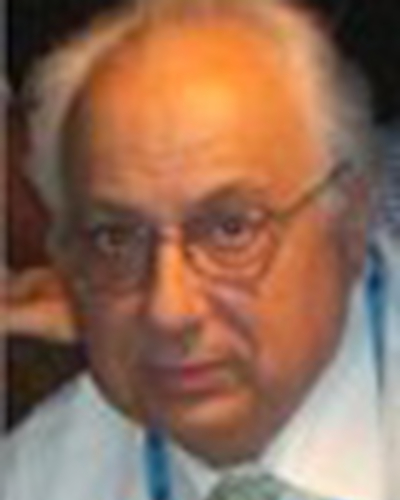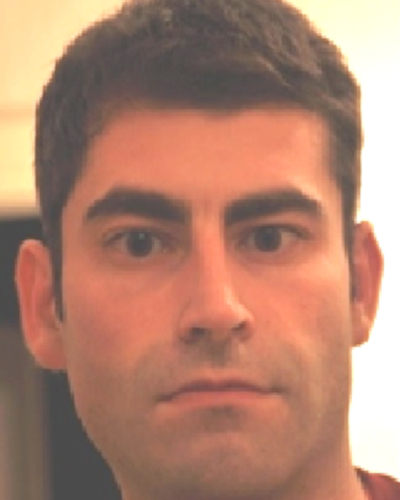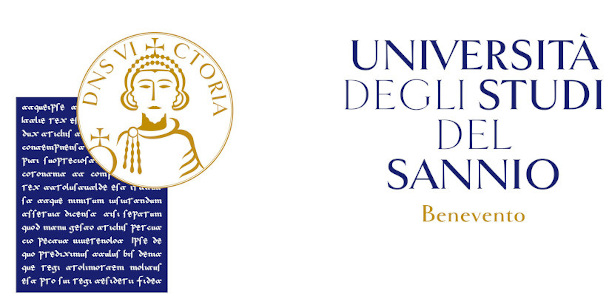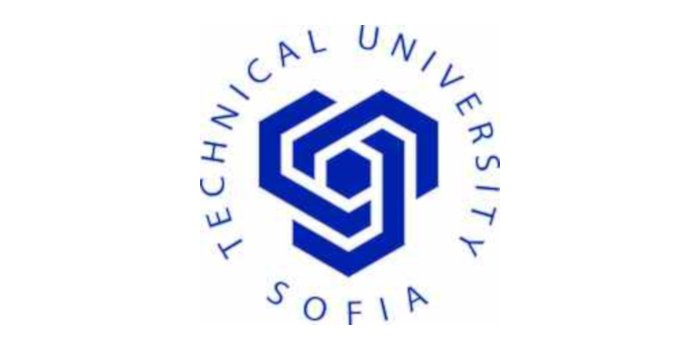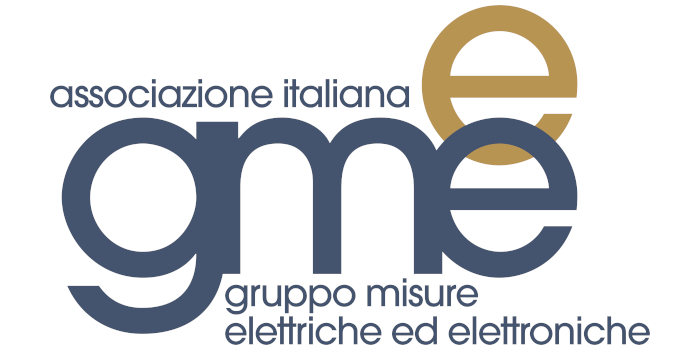SPECIAL SESSION #2
Investigation on Moon Habitat and Infrastructure Feasibility: Lunar Soil Cultivation, Regolith-based Building and TLC Systems for Remote Operations
ORGANIZED BY
Mario Marchetti
Sapienza University of Rome, Italy
Andrea Delfini
Sapienza University of Rome, Italy
Roberto Pastore
Sapienza University of Rome, Italy
ABSTRACT
The aim of this Special Session is to perform an "Investigation on Moon Habitat and Infrastructure Feasibility" in terms of using lunar soil (regolith) for cultivation and building purpose, as well as to identify possible interferences for TLC systems due to its specific mineral and chemical composition. The Lunar surface is essentially composed of rocks similar to terrestrial ones and is covered with regolith, a mixture of dust and rocky debris, the thickness of which varies from one region to another, produced by the fragmentation of the original rocks by meteorites. The possibility to cultivate edible plants to support human life on other planet s and satellites is essential to develop future colonization of extraterrestrial environments. For obvious reasons, the success of this procedure will be based on in-situ resources utilization (ISRU) only.
The purpose of this Special Session is to know how the Lunar environment, in particular their surfaces and their atmosphere, are able to modify the technical, structural and electromagnetic characteristics of materials and the main communication systems, that the astronauts will use to develop their research during the stay in a very aggressive environment different from the terrestrial one. This Special Session will give furthermore to researchers a chance to increasing of knowledge about the recent studies on the atmospheric environment and the Moon surface.
ABOUT THE ORGANIZERS
Prof. Mario Marchetti obtained his University Degree in Aeronautical Engineering at the Milan Polytechnic and then attended the School of Aerospace Engineering (Post Graduate Course), at the Rome University "La Sapienza". From 1990 he was Full Professor at the School of Aerospace Engineering and the Engineering Faculty of Sapienza University and was the professor in charge of the Courses of "Space Structures" and "Astronautic Structures". Prof. Marchetti was a member of the teaching staff of the Aerospace Engineering Ph.D. course, and Director of the Master on "Composite and Nanotechnology for Aerospace" of the Rome University "La Sapienza". From 2010 he was Director of Astronautic, Electric and Energet ic Department and Director of the Laboratory SASLab (Scientific Aerospace Solutions Laboratory) of the University La Sapienza where students, researchers, and PhD students, worked. Since retirement, he continued his research activities in the LSA Lab (Aerospace Systems Laboratory) of Sapienza University where the main research fields are the design and manufacture of orbital space systems, space environment interaction engineering, hot structures, and the mechanical, thermal, and electromagnetic characterization of aerospace systems. Prof. Marchetti is a member of the IAF, International Astronautical Federation, the IAA, International Academy of Astronautics, and of the EASA, European Academy of Sciences and Arts.
Dr. Andrea Delfini received the University Master degree in Aerospace Engineering from “Sapienza” University of Rome in 2007 and the University First-level Master degree in Composites Materials and Nanotechnologies In Aerospace Applications from “Sapienza” University of Rome, Italy, in 2012. In 2020 he received the PhD in Energy and Environment from “Sapienza” University of Rome and the Second Level National Scientific Qualification (Associate Professor). He is currently a Research Associate at the Department of Astronautic, Electric and Energy Engineering (D.I.A.E.E.), Sapienza, and also conducts joint research activities with the Department of Mechanical and Aerospace Eng ineering (D.I.M.A.), Sapienza. His research is related to Thermal Protection Systems for re-entry applications, Space Environment Interaction Engineering, Nano-satellites design and manufacturing and EM fields and Space Systems Interaction.
Roberto Pastore was born in Naples, Italy, in 1977. He received the master’s degree in physics from the University Federico II of Naples, Naples, in 2004, and the Ph.D. degree in aerospace engineering from the School of Aerospace Engineering, “Sapienza” University of Rome, Rome, Italy, in 2011. He is currently with the Department of Astronautics, Electric and Energy Engineering, “Sapienza” University of Rome. His experience concerns material science and nanotechnology, focusing on the production and characterization of carbon nanotubes, physical modeling and the design of multifunctional nanocomposite, and electromagnetic, thermomechanical, and ballistic experimental testing.


